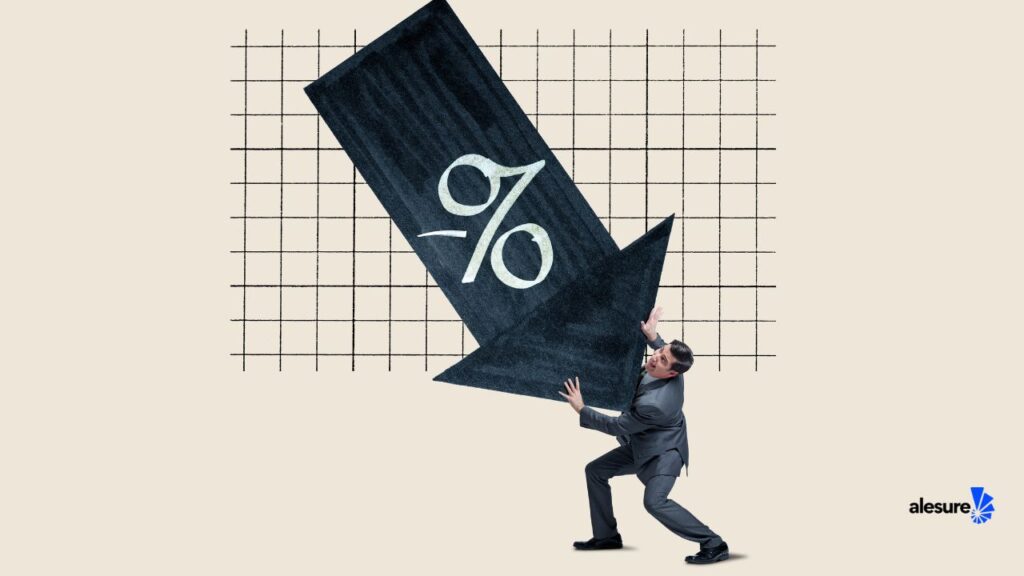When financial needs arise, personal loans can provide quick relief. Unfortunately, not every lender operates with the borrower’s best interest in mind.
Predatory lenders take advantage of people in vulnerable situations by offering loans with unfair, deceptive, or abusive terms. Knowing how to identify these red flags before signing any agreement is essential to protect your financial well-being.
Unusually High Interest Rates
One of the first signs of a predatory loan is an interest rate that seems far above the average. While lenders do charge higher rates for riskier borrowers, predatory lenders often disguise excessive interest as the cost of convenience.
Always compare rates from multiple lenders, and use online calculators to see how much interest you would pay over the life of the loan. If the total repayment amount seems disproportionate to the original balance, it is likely a trap.
Hidden Fees and Vague Terms
Another common tactic is burying hidden fees within the loan documents. These may include processing charges, prepayment penalties, or inflated late fees. Predatory lenders rely on borrowers not reading the fine print.
Before agreeing to anything, request a complete breakdown of costs in writing. A legitimate lender will have no problem explaining every fee and ensuring you understand how the loan works.
Pressure Tactics
High-pressure sales techniques are a major warning sign. Predatory lenders often insist you sign immediately, claiming the offer will disappear if you wait. Some may try to make you feel guilty for hesitating. A trustworthy lender encourages questions and gives you time to review your options. If you feel rushed or pressured, walk away.

Promises That Sound Too Good to Be True
Any loan offer that guarantees approval without considering your income or credit history should raise suspicion. Responsible lenders always check a borrower’s ability to repay. Predatory lenders, on the other hand, want you to default so they can charge late fees or seize collateral. If an offer sounds unrealistically easy, it is best to avoid it.
Lack of Transparency
A reliable lender will provide clear written contracts that outline the repayment schedule, interest rate, and total loan cost. If a lender avoids giving you documentation, changes terms without explanation, or refuses to answer detailed questions, this is a strong indicator of predatory behavior. Transparency is non-negotiable when borrowing money.

Protecting Yourself as a Borrower
To avoid falling into a predatory lending trap, follow these steps:
- Research the lender by reading reviews and checking with consumer protection agencies.
- Compare multiple offers from banks, credit unions, and online lenders.
- Use loan calculators to understand the real cost of borrowing.
- Read every detail of the loan contract before signing.
- Seek professional advice if you are unsure about terms or repayment ability.
Final Thoughts
Predatory lenders thrive on desperation and lack of knowledge. By staying informed and vigilant, you can protect yourself from unfair loan agreements. Always remember that a loan should help improve your financial situation, not make it worse. If a lender’s offer feels confusing, rushed, or overly expensive, trust your instincts and explore safer alternatives.




